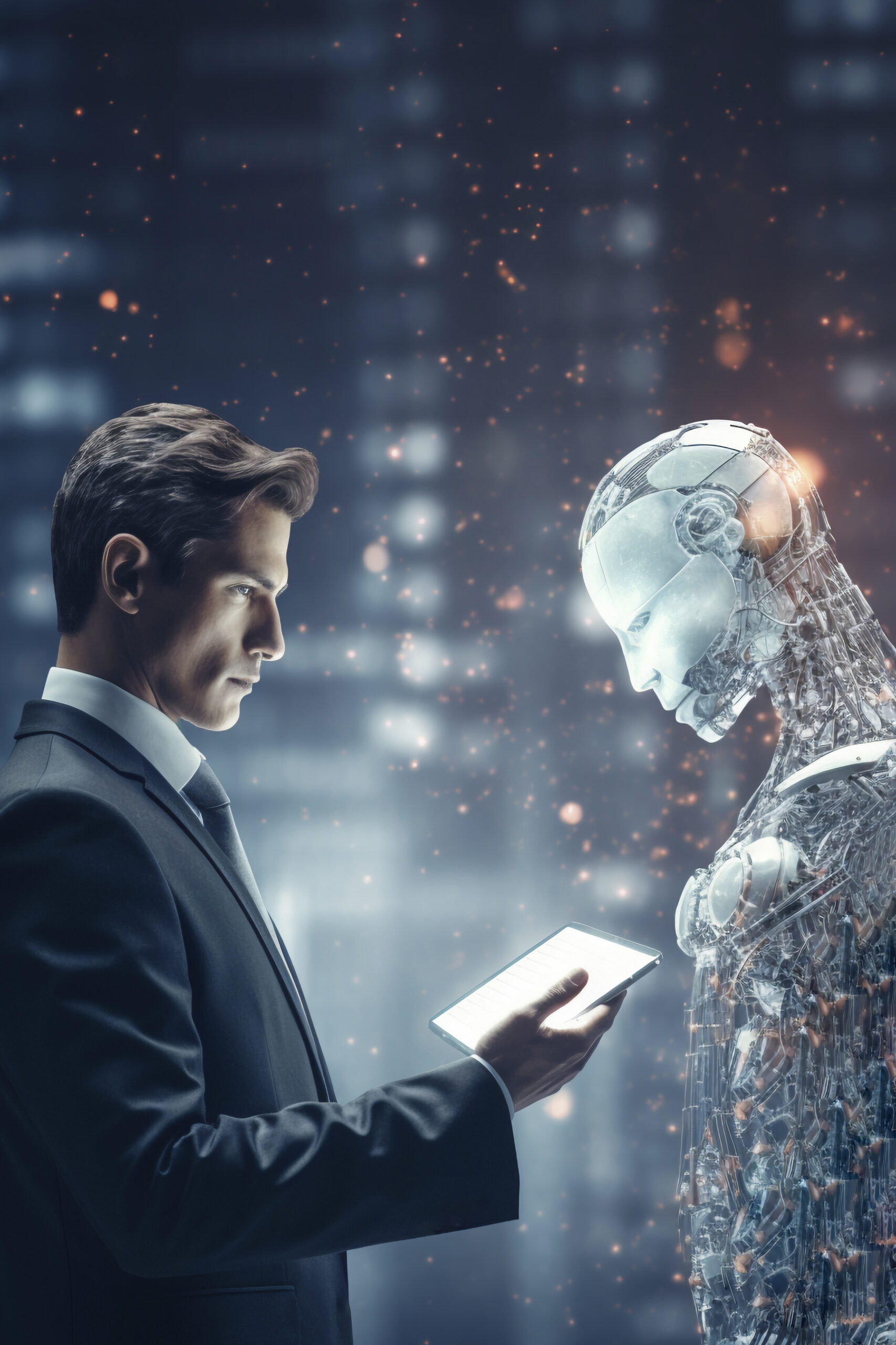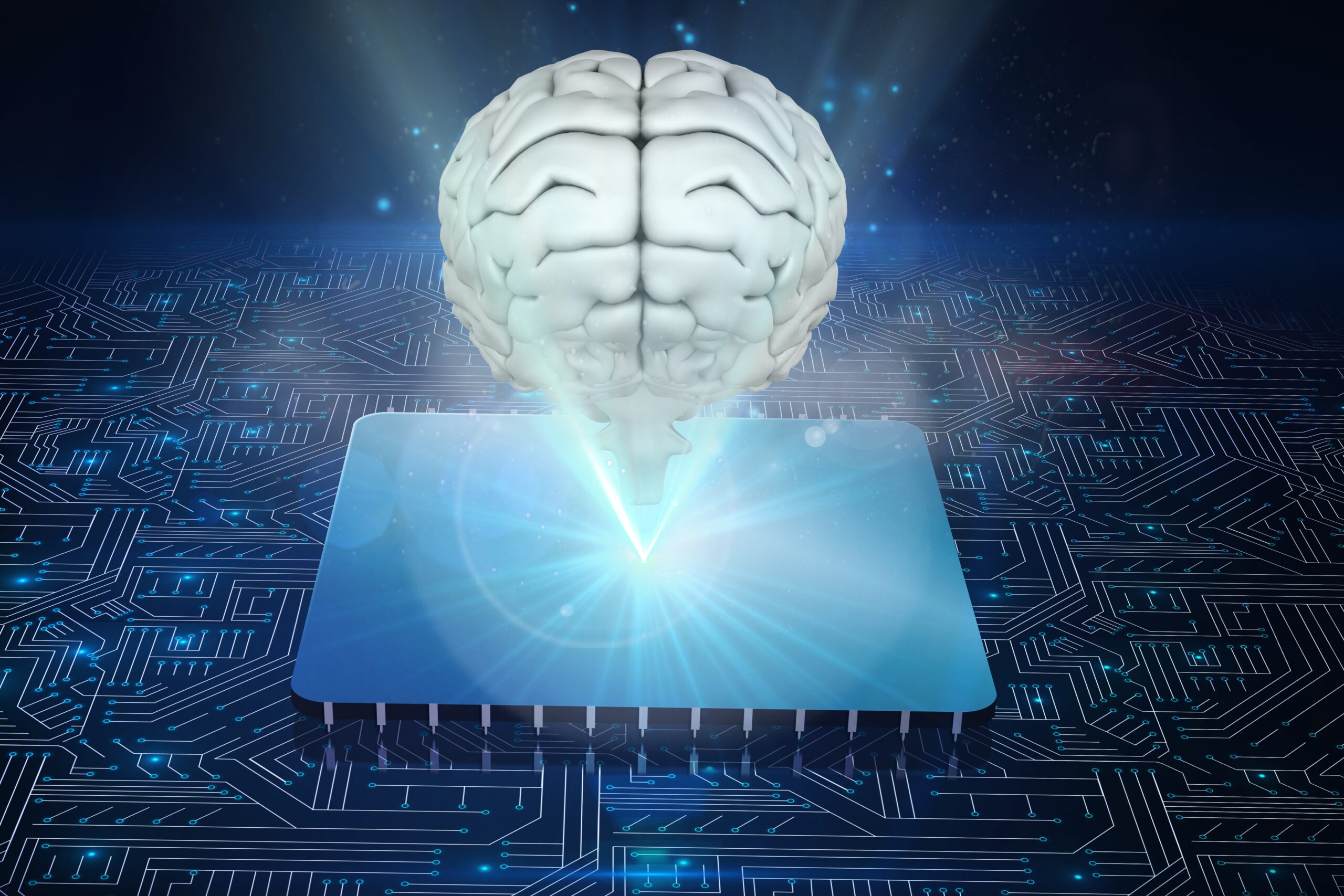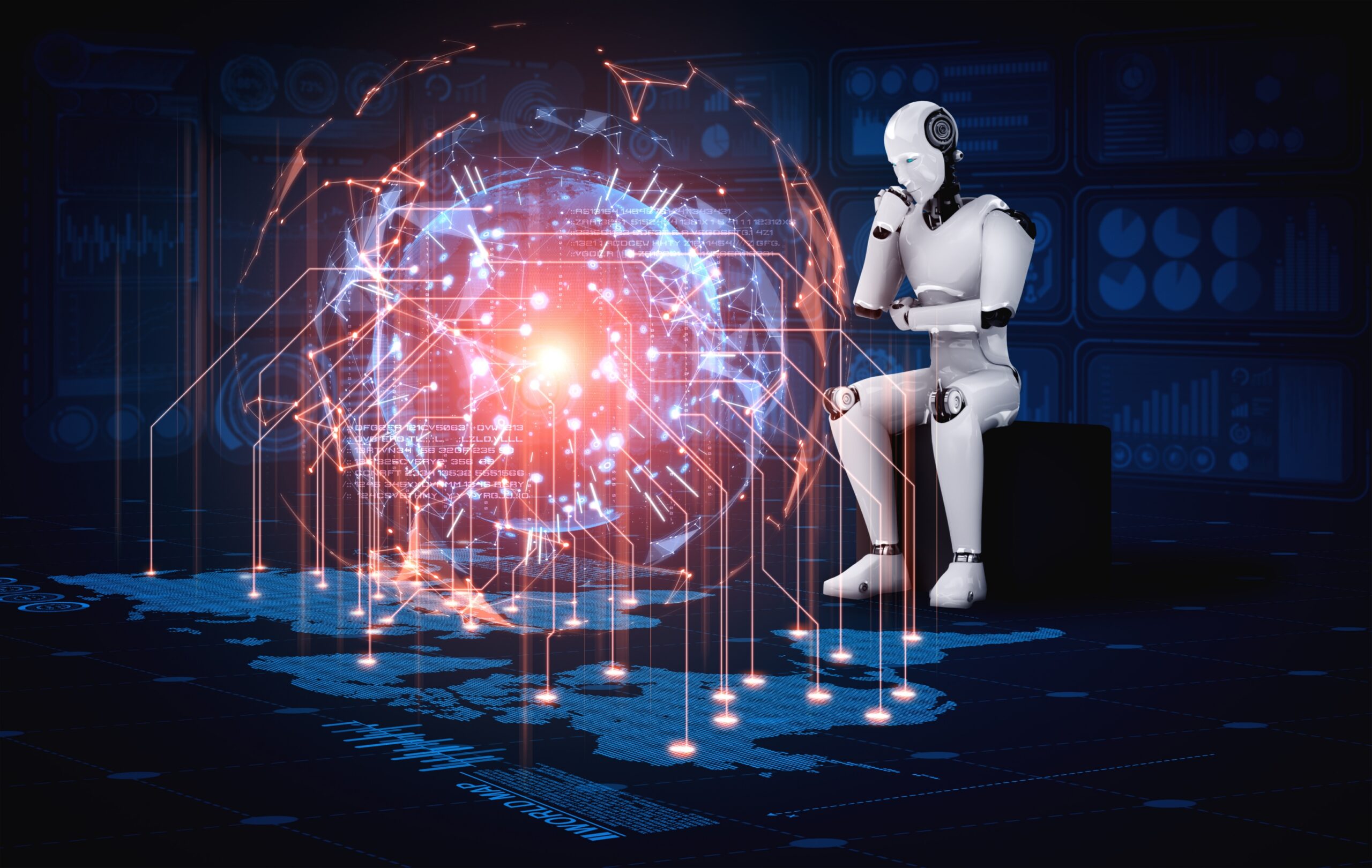Creating music, art and video using artificial intelligence is something that is already in use today. AI-powered tools can use a lot of images or recordings to learn and create results that weren’t there before. The result? Type in “a peaceful temple, surrounded by clouds” and you will find an instant painting of it. Capture snippets of audio of someone’s voice and make the text sound exactly the same. Today, creative tools can do more than ever: they help you paint, compose music, make animations and blend content.
There is excitement, as well as some unease, with this change to the creative industry. Things are looking up because AI can now be a supercharged helping hand for people. AI is used by musicians to predict melodic parts and entire background music. In a matter of seconds, designers can make any needed inspiration sketch. Computers help give writers ideas for surprises within the plot or for type of characters. One example is OpenAI’s DALL·E which works with text to create images (a user requested a fox in Renaissance clothing and got an impressive painting), while Midjourney and Stable Diffusion generate new images very quickly. Advertisements and product design prototyping both use AI by athletes, musicians and corporate teams. Right now, AI is being experimented with in gaming to build adaptable stories, change backgrounds in real time and provide believable actions for various characters with no players. You don’t have to work with an expert artist or go to a studio anymore. AI makes most of the art and humans smooth it over, letting anyone make art together collaboratively.
At the same moment, there’s a different aspect: those same techniques can also be used to produce perfect fakes of anything or anyone. When artificial intelligence is used to create fake images of people, we call it a deepfake. An AI may be able to mix a person’s face with another’s body in a video, so flawlessly that it looks as if the person is performing an action they never did. Now we can create speeches for politicians they never delivered and produce a voice for a celebrity that is startlingly identical. The story of today’s generative media is its ability to sometimes be creative and sometimes to show false information.
Creative Uses and Breakthroughs
AI is supporting and improving many aspects of creative work for everyone, including hobbyists and big studios. It makes it much easier for people to create content. AI art apps let a home cook create a unique design for cake decoration. Branded stock photos can be made by a small business owner with only a few words of input. Artists turn to AI to save time: an artist could quickly make several different versions of a scene and a director might set up a film scene with AI avatars rather than use real actors for small parts.
Here are some standout creative applications:
- Packages such as DALL·E, Midjourney and Stable Diffusion for creating images have encouraged many people to explore their creativity. Enjoy watching the model build any futuristic image, like a painting of Mars, with little effort on your end. Artists like to use the styles created by GANs as initial drafts, improving them further by hand. AI often adds in something unexpected (different lighting, cool shapes) that artists hadn’t considered which leads to fresh inspiration. AI is helping designers to make textures, graphics and logos more quickly than they can traditionally.
- Artificial intelligence technology lets it compose new songs and reproduce someone’s speech. Software is available that either generates a tune on its own or lets you set the basic style and mood and have a track ready within minutes. A few minutes of your voice (or that of a celebrity) is all that’s needed to create a new digital copy with these services. You could hypothetically get a book narrated by any actor or translate dialogue into any language using the actor’s own voice. Music producers are making use of AI to transform old tracks into music from various kinds of genres. Artists making music with audio are also using AI to tidy up their recordings and add background sound effects.
- Video & Animation: We’re seeing the very first examples of AI making videos. With text-to-video, you can now explain something easily and that idea will get turned into a brief animated film, just like you could describe a cat above a rainbow and get a movie that shows it. At the same time, tools like Synthesia mean you can produce a talking-head video out of just your script. Choose or import a digital avatar, copy your words into the software and the AI creates a video of the presenter speaking your lines. This has already found use for company training, making quick ads and sending personalized messages. They are now looking at ways to have AI create content for dialogue and cutscenes which often makes projects feel more lively.
- AI-made virtual characters are gaining popularity on social networks and are sharing stories. Today, digital influencers are being introduced by businesses, appearing as celebrities on the internet. An example of a CGI character is Lil Miquela, who has a following of millions on Instagram; she appears online, posts photos and partners with real firms. Because they are online, their appearance can change at any moment, they can be found all over the Internet and they never lose health or age. Some authors now work with AI which can suggest a new turn for the plot and allow the author to develop it into one of their stories. As a result, artwork gets made by blending creativity with automated systems and it is usually labeled “AI-assisted” art or media.
Essentially, with AI, everyone has more opportunities to be creative. It appears that people everywhere have found ways to quickly create content. Newcomers to podcasts are buying impressive music beds, Twitch streamers are inventing quick sets behind their broadcasts and hobbyist movie makers are inserting themselves into classic films (whether for parody or honor). How work is done in a manufacturing business now changes — tasks that once took weeks can be prototyped almost instantly. It’s truly happening: creative professionals and beginners are exploring ways to use AI all around us. Basically, AI carries out routine activities and provides inspiration and people decide on the end goal. Progress continues and now we’re discovering unusual types of stories created by AI in AR.
The Darker Side: Misinformation, Fraud, and Personal Harm
On the other hand, today’s AI makes it relatively easy to alter reality. Deepfakes have the ability to share false information and result in harm in other areas. Politics today is filled with serious and startling dangers. A false video recently appeared online shortly after the war in Ukraine began, showing President Volodymyr Zelenskyy calling on his people to lay down their weapons. The reshaped video looked so much like the real thing that news teams broadcasted it before authorities disproved it. The incident revealed how quickly a lie spread by a chatbot can make people panic. There is concern that deepfakes will be used in an election or during a crisis to try to fool the public.
Apart from politics, scammers are joining in as well. So far, there have been frightening examples where AI voices have been used to cause fraud. For example, there was a call that seemed to come from the CEO of the company, telling a businessman to make an emergency wire transfer. The employee accepted the call with the usual accent and sent a large transfer, only to realize it was a phony recording later. Versions of this scam have been seen in several nations. Romance scammers and fraudsters are creating AI videos and recording fake voices to lure unsuspecting people into giving information or their money.
There is also the problem of personal and social difficulties that follow. One of the most worrying kinds of abuse today is deepfake pornography. It is now possible for malicious figures to get a photo of anyone (or use one from the internet) and combine it with explicit media. On their own, many women come across sexual videos of themselves made through AI on the internet or offered for viewing on untrustworthy websites. It’s basically a form of unauthorized explicit imagery much like revenge porn. It brings many victims a lot of pain and the current laws are just now adjusting to address it. There are states that have made sharing non-consensual pornographic deepfakes illegal and internet platforms are quickly removing them. Nevertheless, new neurological illnesses appear almost daily. In addition to porn, there’s a major invasion of privacy: a voice actor could use AI to make it seem like you spoke nonsense. Picture waking up and realizing there’s a video online of you saying or joking about things you never mentioned — it is real for people these days. Losing reputation and trust is usually very serious.
Deepfakes in general are dangerous because they are frequently used for propaganda, fraud, humiliation and stealing someone’s identity. Even an experienced person can be deceived by a good fake video. Our trust in what we find on the internet is taken away little by little as more and more little deceptions appear. Experts fear we might enter a period when checking a source’s validity becomes as standard as checking an email for possible spam. To sum up: deepfakes are happening right now and can have big real-world consequences, so we start wondering about the authenticity of media we get every day.
Detecting and Authenticating Media
Practically, researchers and technologists are taking steps to prevent or fight cybercrime. Because of AI, it’s now easier to identify things that are fake. Current detectors act like experts in forensic analysis, searching for signs that a photo or video has been altered. For instance, certain AI algorithms try to detect problems with the lighting, anything strange with reflections and any digital artifacts that cannot be prevented by AI. Some people use audio analysis to look for slight flaws or odd frequencies that wouldn’t be found in regular recordings. Several types of tests show that these detectors can spot deepfakes that would be hard for someone to identify.
Detection alone is useful, but even better is to show authenticity when the data is first created. See it as a digital way to mark software, much like a watermark or fingerprint. Camara and apps might encode a hidden mark (made with digital cryptography or metadata) into every video and picture they take. Once we have signed the file, policing software could verify the signature with reference to a blockchain-o When the signature looks as it should, the media is approved as “original.” According to the European Union, the new AI Act will ask that AI-generated images and videos have machine-readable labels so smart software can quickly spot and distinguish them from actual images and videos. For example, Adobe demonstrated “content credentials,” which allow you to track who has edited your images and videos.
Yet, it’s been pointed out by experts that there is no foolproof answer because hackers seem to change their methods often. The recent audit report from the U.S. points out that identifying deepfakes alone won’t entirely fix the problem. Fake posts often get by filters when shared early on. Often, the deception can get around for a long time before anyone figures it out. We depend on both technology and human workers to defend our company. In the future, social platforms could label content that hasn’t been authentically verified and news sites will still check questionable facts in clips. People have to remain alert, asking to themselves if what they see, see fits and makes sense and who developed it. So, learning to question and examine media — what is known as media literacy — is just as important as any AI tool for checking content today.
Ethical and Legal Perspectives
All these developments lead to big ethical and legal challenges. The question of consent and who we are is most important. Are my face, my voice and my likeness something I own? It is frequently argued that we should. As a result, authorities are introducing new laws and proposals. Lawmakers in the U.S. are debating a law that would prevent using someone’s image or their voice without their approval. The topic attracted more attention when noted individuals (and even everyday people) found AI had created photos of them in compromising situations. If you are imitated, who will pay for any false allegations made in your name? Laws are now trying to help give people control of their data.
Governments across the world are trying to put together policies at breakneck speed. Although the EU’s upcoming AI Act won’t prohibit such deepfakes, it will mandate that people know what is happening. According to those rules, each AI-generated video or audio must clearly display that it was created with AI, at least for machines to recognize. People in China now see warning labels on deepfake media because of rules that make AI content providers register their outputs. Various U.S. states have created laws that suspend or deny certain rights, for example, California and Texas penalize people who distribute deepfake porn (whether it’s used to influence elections or is sexually explicit). UNESCO and similar organizations have recommended that AI systems uphold human rights, identity and privacy all over the world.
Pressure has also been put onto tech companies to monitor themselves. Companies operating social media sites now prevent malicious deepfakes from appearing in political ads or election material. These companies are exploring ways to watermark their work or prevent their models from creating fake public identity images. Media companies are adopting digital methods such as recording with blockchain or signing videos, to confirm origin. In daily use, the method is frequently: detect and label. Sometimes, when you use AI filters, the image is tagged by some platforms and journalists could say something like “we checked this image against known deepfake databases.”
the agreement holds that causing harm with deepfakes (by manipulating videos with fraud, slander or non-consensual porn) must be prevented and society should do what it can to prevent it. It’s true that there are subtle differences. If it is obviously fiction that includes AI avatars, it’s typically okay. There is a difference: a parody-labeled deepfake shows the politician in a humorous way is fine, but an untitled version aimed at ruining their reputation is not. It can be difficult to achieve these goals and there are heated arguments about the best approach. “People should not have their right to personal images and expression taken away and our laws should ensure that,” said a U.S. lawmaker. We are only at the start of working out how to protect ourselves in today’s technology-driven world. In the next few years, we may see many more laws, guidelines and industry rules to address these challenges.
Looking Ahead: The Future of AI Media
What might our future look like? Looking back, we haven’t gone too far yet. It seems likely that Generative AI will influence and be part of our daily media content. Imagine that, five years from now, your news feed will show AI drawings that perfectly pair with everything you read. With a live video conversation, AI can blur what’s behind you or instantly convert your speech into a language you choose. It might be that soon, with the push of a button on your phone, AI will generate a promotional poster for you. Personalized content is something you might see soon: you might enter a show by video and your friends’ voices could be used in the game you play.
Our challenges will continue to inspire our world to become more adaptable. Defending against cyber attacks with technology will become easier for all users. For example, phones and software can alert you if the details of a photograph look suspicious or fake. It could become common for every official document or news photo to contain a trace of where it came from and how it was created that can’t be removed. It is becoming increasingly important to be media literate in social terms. Currently, kids learn to figure out if the information they read online is reliable and later generations will also learn how to recognize AI-touched media. Basic commenting should ask “Who made this piece?” Students will naturally ask, “Is this an AI creation?” right alongside their learning in history and writing.
It’s also possible that people will gradually become okay with using harmless AI media. Deepfakes may be a part of entertainment: we could watch movies where CGI replaces the movie stars and listen to concerts where older performers are virtually swapped.
Eventually, using AI for media will simply mean more ways for artists to express their creativity. At the same time, it will keep making us question ideas of genuine and genuine content. We have another kind of race here: developments in generative technology are fast, so our detection, regulation and awareness must keep up. The outcome isn’t already set in advance. If we spend money wisely on education, ethics and reliable verification tools today, AI media could develop our culture by helping us tell and enjoy stories, while still keeping things truthful and accountable. How we respond to this challenge will define this era; will we figure out how to use innovation while being responsible? The outcome will play a part in guiding media, art and reality in the future.





